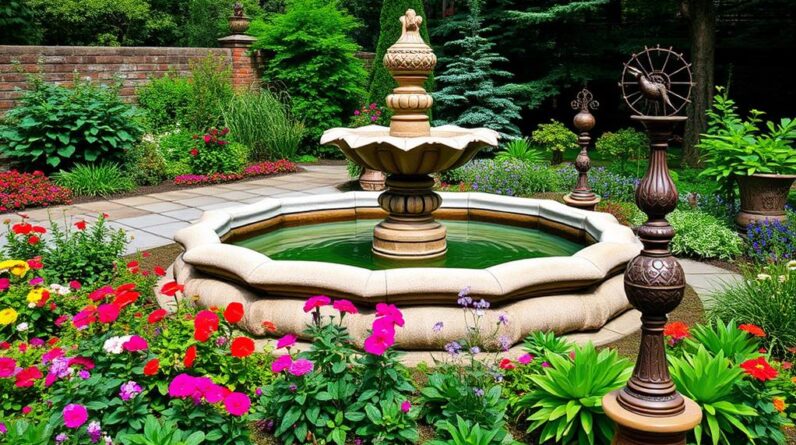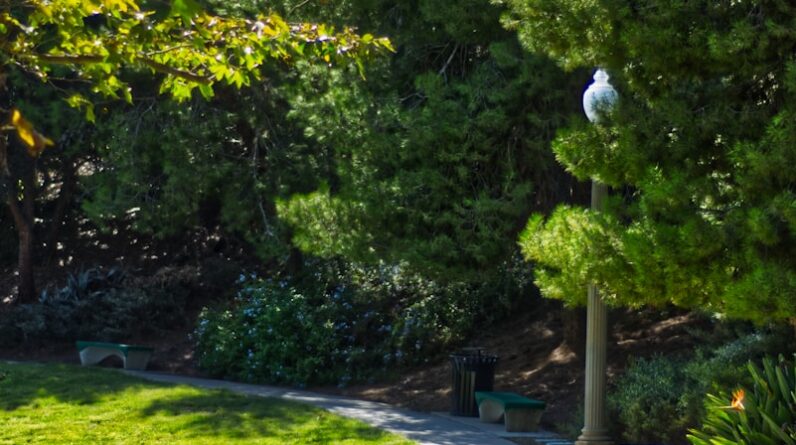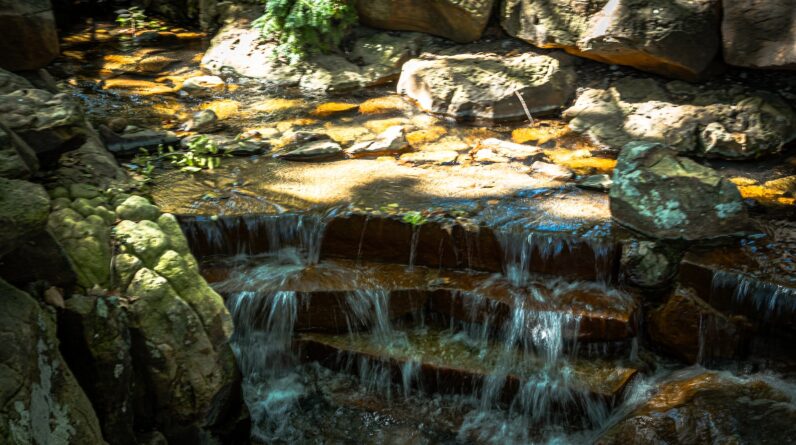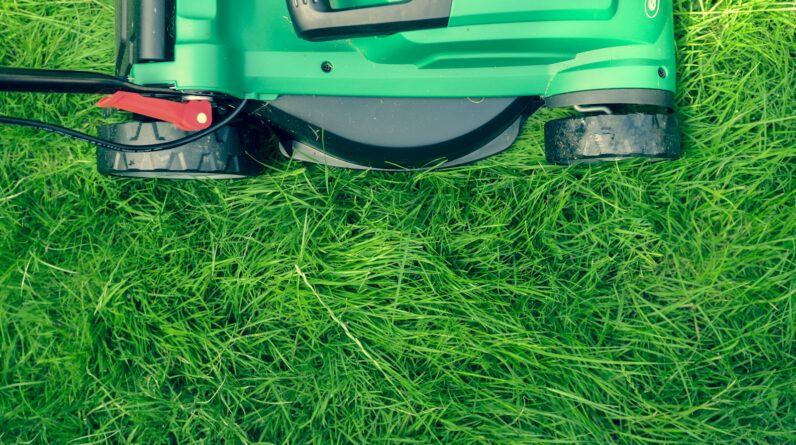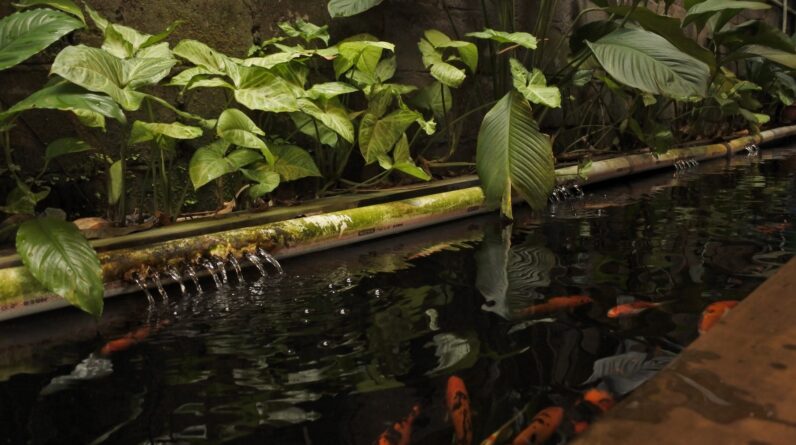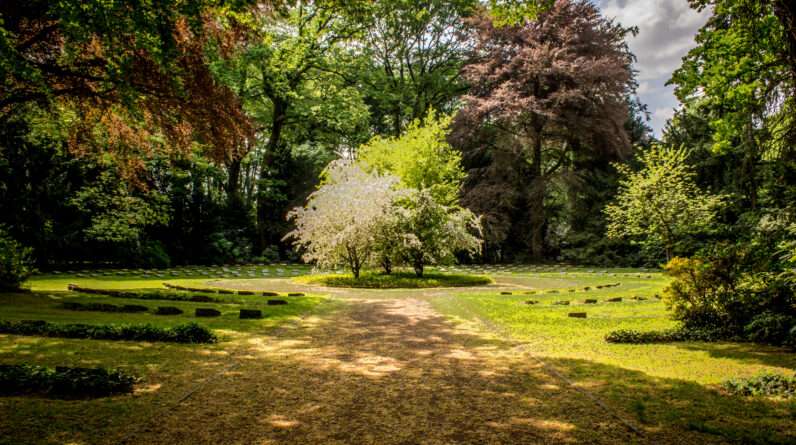
As an environmental horticulture writer, I’m always on the lookout for new ways to grow a garden that is both beautiful and eco-friendly! The idea of greenscaping is one that has been gaining traction in recent years, and it’s easy to see why.
Not only does greenscaping prioritize natural resources like water conservation, but it also helps create an aesthetically pleasing outdoor space that you can be proud of.
Today, I’m going to share with you my top 5 greenscaping ideas for an environment-friendly garden. From selecting native plants to going organic with your lawn care, these ideas are sure to bring out the innovator in you!
Selecting Native Plants
Planting a garden that’s friendly to the environment starts with selecting the right native plants.
With the right native soil, vibrant vegetation can be selected to ensure your garden is both beautiful and sustainable.
Choosing local varieties of flowers and foliage that are accustomed to the environment around you will ensure they thrive in their new home and don’t require additional resources such as excess water or fertilizers.
Furthermore, native plant selection guarantees a greater diversity of wildlife, as birds, butterflies, bees, and other insects rely on these specific species for food and shelter.
When it comes to adding life to your outdoor space without causing further harm to the environment – compost and mulch are key tools.
Composting is an effective way of recycling organic material that would otherwise end up in landfills while providing essential nutrients for plant growth.
Meanwhile, mulching helps regulate soil temperature, retain moisture levels and reduce weeds from taking over your beds – all contributing factors for a thriving garden that won’t require excessive maintenance or resources.
Moving ahead with this eco-friendly approach will help bring your greenscaping vision into fruition!
Using Compost And Mulch
Now that you’ve selected your native plants, it’s time to consider the soil they’ll be growing in. Compost and mulch are two essential components of any environment-friendly garden.
Here are some composting tips to help you get started:
- Use a mix of green and brown materials such as leaves, grass clippings, straw, and kitchen waste
- Turn the compost pile every 2-4 weeks for better results
- Avoid adding meat, dairy products, or fats to your compost pile
And here are some mulching methods to consider:
- Choose organic mulches such as shredded bark or wood chips for their natural appeal
- Consider using landscape fabric if weeds are a problem
- Avoid piling mulch too high as this can smother plants
By using these composting tips and mulching methods, you’ll create an ideal environment for your native plants to thrive.
All that’s left is installing a rain garden – but we’ll save that for another article!
Installing A Rain Garden
Creating a rain garden is one of the most impactful greenscaping ideas for an environment-friendly garden. Not only can it provide a beautiful and colorful oasis in your yard, but it can also help to reduce runoff, encourage wildlife and harvest rainwater.
| Benefits | Requirements | Tips |
|---|---|---|
| Reduces runoff | Well drained soil | Plant native species |
| Encourages wildlife | Low lying area | Shade tolerant plants |
| Harvests rainwater | Sun exposure | Eco-friendly materials |
When designing a rain garden, it’s important to choose plants that will fit into your existing landscape and thrive in the local climate. Many native species are great choices as they require less maintenance and often attract beneficial insects such as butterflies or pollinators. The soil should be well drained, while the area should be low lying to ensure that all of the water is captured from any rainfall or runoff. Additionally, make sure there is enough sun exposure for the plants, though some shade tolerant varieties may be necessary depending on where you live. Finally, look for eco-friendly materials such as non-toxic sealants or recycled pavers when building the garden itself.
By implementing these tips for creating a rain garden, you can enjoy a vibrant and sustainable outdoor space that will bring life back to your environment-friendly garden. Going organic with lawn care is an excellent way to further enhance this effect!
Going Organic With Lawn Care
When it comes to lawn care, going organic is the way of the future. Using organic fertilizer and avoiding pesticides is a great way to keep your lawn healthy without potentially damaging chemicals.
Here are some tips for getting started:
- Choosing Organic Fertilizer – Before you make any decisions, it’s important to consider the type of grass you have in your yard. Different types of grass require different types of organic fertilizers, so do your research! Be sure to look at the ingredients and determine if they are sustainably sourced before making a purchase.
- Avoiding Pesticides – If you want to create an eco-friendly garden, opting out of using chemical pesticides is key. Try natural alternatives like companion planting or introducing beneficial insects instead. There are plenty of ways to protect your plants without relying on harsh chemicals!
Taking these steps will help ensure that your garden is a safe and healthy environment for both yourself and the wildlife around you. In addition, you can also consider creating a meadow area. This is covered in more depth in this article >> Why Planting A Meadow Area In Your Garden Is A Good Idea
And while these small changes may seem overwhelming at first, once you get started the process becomes easier – plus, the rewards will be worth it! With this kind of commitment, adding an eco-friendly water feature won’t seem so daunting.
Adding An Eco-Friendly Water Feature
Adding an eco-friendly water feature to your greenscaping plan can be a great way to bring life and interest to your garden. It’s also a practical solution for reducing runoff and harvesting rainwater.
Whether you opt for a large pond, a small stream, or simply some strategically placed birdbaths, there are plenty of ways to use water features to create an aesthetically pleasing environment that works with the natural world.
Creating an eco-friendly water feature is not only good for the environment, but it can also improve your enjoyment of the outdoor space. There are many options available that allow you to control the flow of water and introduce beautiful aquatic plants and wildlife into your garden.
You can even add lights and other features that will make your water feature stand out from the rest. With careful planning and some creative thinking, you can transform your garden into an environmentally friendly oasis that everyone in the family will enjoy!
Conclusion
Creating an eco-friendly garden is a great way to bring nature into your landscape while also making a positive impact on the environment.
Not only is it better for the planet, but it’s also beautiful and can provide you with a calming retreat away from the hustle and bustle of everyday life.
By following these five simple tips, you’ll be able to turn your garden into a green oasis that will thrive for years to come.
It’s like planting the seeds of sustainability and watching them grow into something truly special – a gift that keeps on giving!






